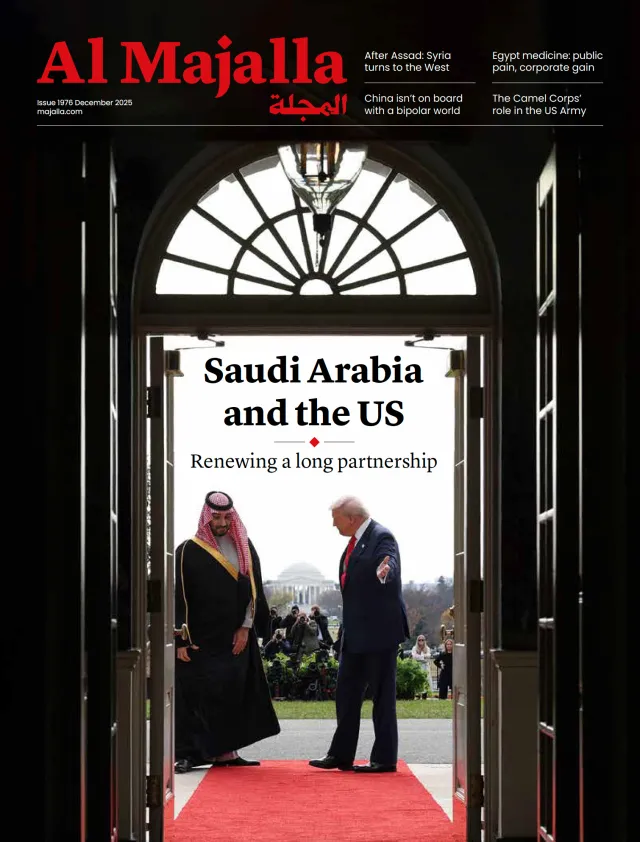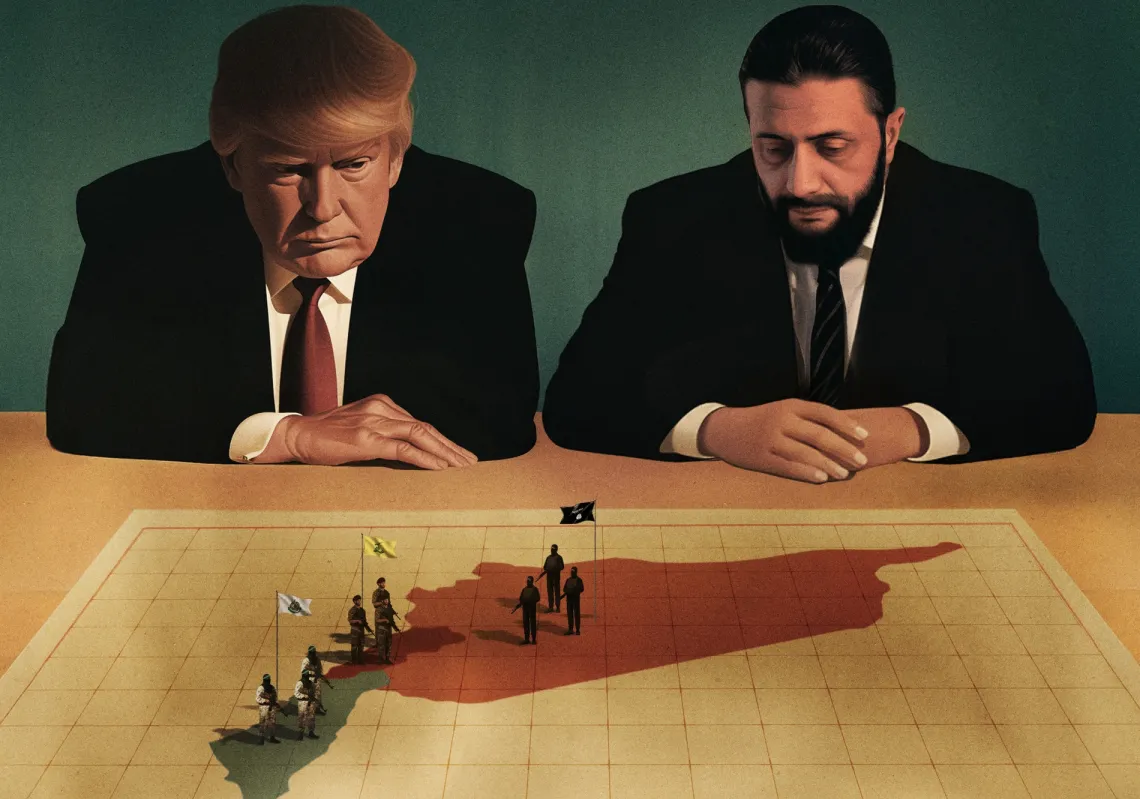On Monday, French President Emmanuel Macron was in Cairo, where he gave a press conference with his Egyptian counterpart, Abdel Fattah el-Sisi. He said he strongly opposed any displacement or annexation in Gaza and the Israeli-occupied West Bank, describing any would-be action as "a violation of international law and a serious threat to the security of the entire region, including Israel."
For his part, el-Sisi has been consistent and vocal in his stance, emphasising that any attempt to push Palestinians out of their land and into the Sinai would constitute a red line for Egypt, adding to speculation over the durability of the Camp David Accords.
When Egypt and Israel signed their peace treaty in 1979, it was widely seen as marking a milestone in Arab-Israeli relations. For almost half a century, it has performed as intended—namely, by offering a mechanism for the peaceful resolution of disputes rather than resolving them through military conflict.
Both bilateral relations and the treaty have faced tests since 1979, but few have been as serious as that posed by Israel’s response to the October 7 Hamas attack on Israel. Tensions between Egypt and Israel have escalated over the course of the latter's 17-month-long assault on Gaza.
Its decimation of Gaza and its sinister intentions toward its Palestinian inhabitants have sparked a charged debate over whether certain provisions of the treaty should be reconsidered, amended, or suspended or whether Egypt should, in fact, withdraw altogether. That, in turn, has sent experts scouring over the relevant details of international law concerning such action.
The Egypt–Israel Peace Treaty was signed on 26 March 1979 by former Egyptian President Anwar Sadat and former Israeli Prime Minister Menachem Begin under the personal sponsorship and supervision of former US President Jimmy Carter.
Sadat was assassinated in 1981 by Egyptian Islamists opposed to peace with Israel and irked by his historic visit to the Israeli parliament (the Knesset) in 1977, signing the Camp David Accords a year later, in 1978.

Treaty provisions
The 1979 peace treaty consists of a main text, articles, annexes, memoranda of understanding (MoUs), and maps. The annexes include the Protocol on Israeli Withdrawal and Security Arrangements, with specific geographical coordinates, and the Protocol on Bilateral Relations, outlining the nature and level of diplomatic relations.
A main reason for signing the peace treaty was to commit to resolving disputes through peaceful means rather than armed confrontation. In international law, a dispute or conflict is “a disagreement or divergence over a matter of fact or law which leads to a clash of interests between two or more subjects of international law”.
In line with this principle, Article VII of the treaty stipulates that any dispute regarding the application or interpretation of the agreement shall be resolved through negotiations. Should these fail, it would be addressed through conciliation or referred to arbitration.
Negotiation is direct engagement between the disputing parties only. Conciliation refers the dispute to a body, committee, or individual tasked with examining the matter comprehensively before proposing non-binding solutions. Arbitration is a formal legal mechanism whereby the dispute is referred to a tribunal composed of judges selected by the disputing parties. Its ruling is based on international law and on procedures and conditions previously agreed upon by both sides. The ruling is binding.
Arbitration mechanism
Egypt invoked the arbitration mechanism under Article VII in the 1980s when a legal dispute emerged during the treaty's implementation, specifically on the positioning of 14 border markers around the city of Taba. The markers determined the precise international boundary. An arbitration agreement over Taba was signed in September 1986, following approval from the Israeli cabinet under US pressure.
Egypt’s aim was to compel the Israelis to comply with the ruling within a defined, binding timeframe. It worked. The tribunal delivered its verdict in September 1988, and the decision was duly implemented, with the Egyptian flag raised over Taba on 19 March 1989.
















